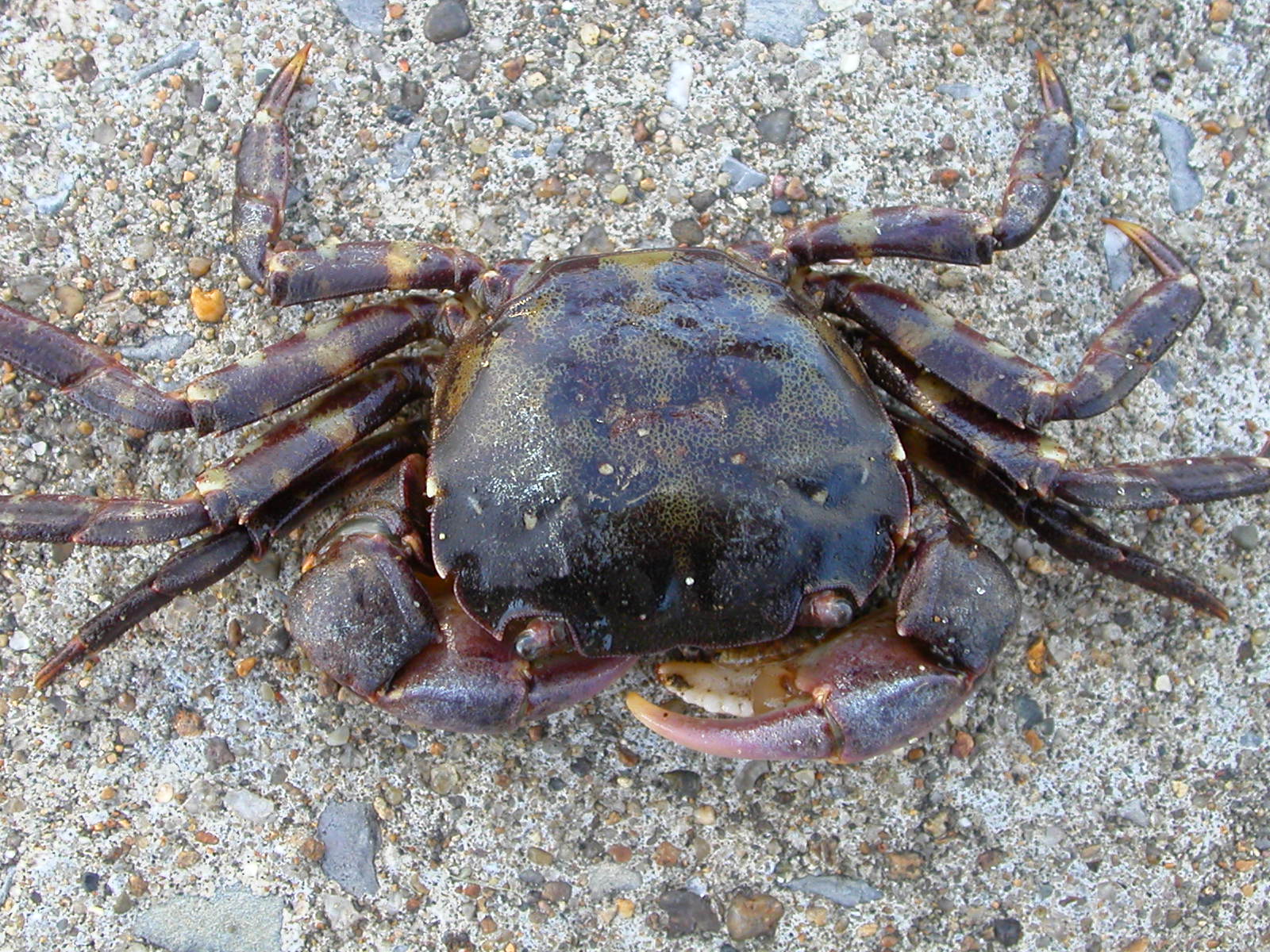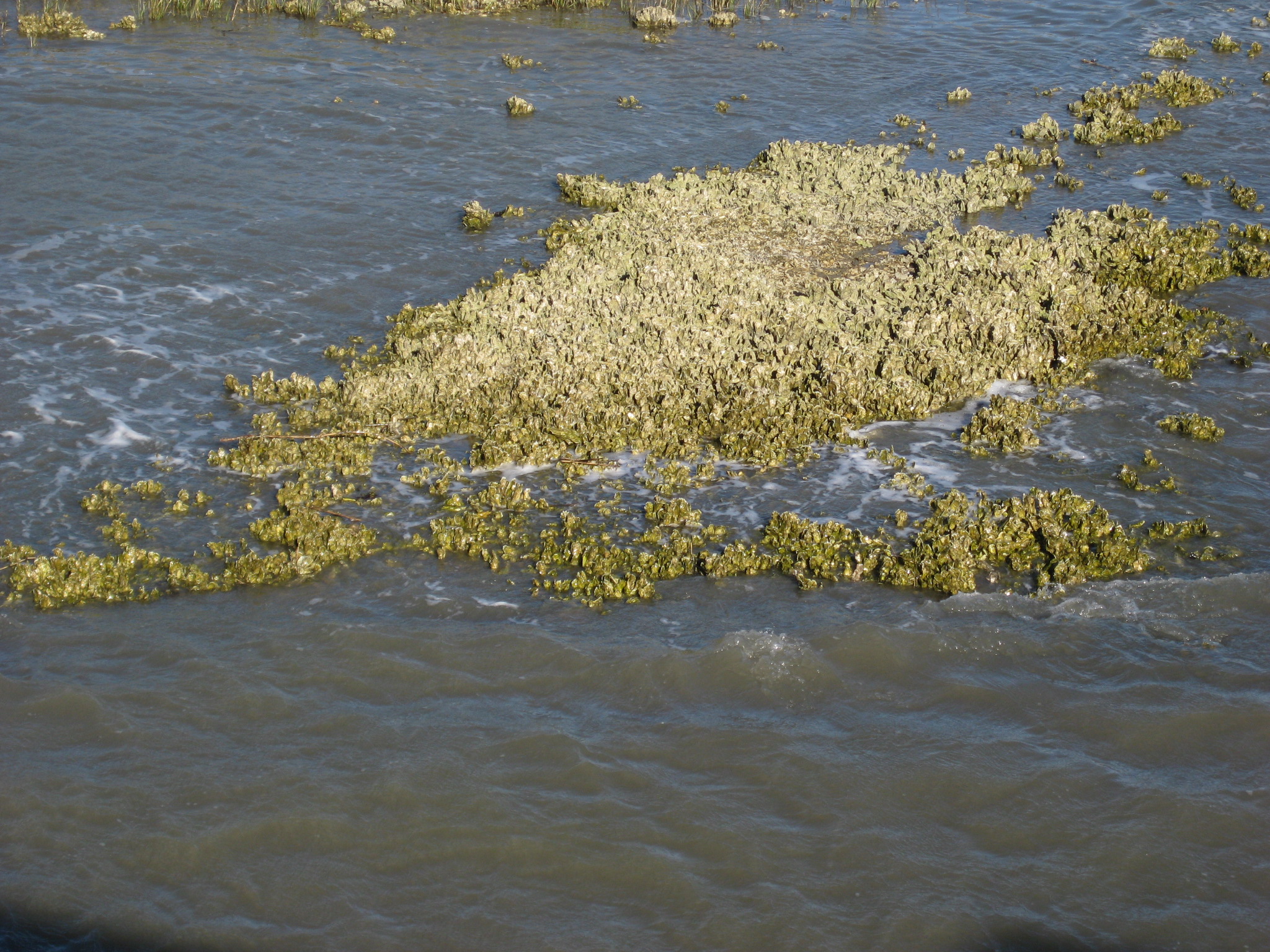Solar and Lunar Tides Designed for Complex Life
In August 2017, Reasons to Believe organized a conference on the fine-tuned design of the Sun and Moon that makes advanced human civilization possible. We held the conference on a site and at the time of a total solar eclipse. We not only witnessed a spectacular solar eclipse but also learned in several different ways how the Sun and Moon are exquisitely designed to enable the existence of human beings on Earth.
At that conference we did not, by any means, exhaust all the known ways the Sun and Moon are designed for advanced life. One we did not discuss was how the nearly equal, but not exactly equal, tidal forces that the Sun and Moon exert on Earth play an important role in enhancing the biocomplexity, biodiversity, and biomass of Earth’s life. This role was the subject of a research paper published in the British journal, Proceedings of the Royal Society A.1
Complex Strongly Modulated Tides
Earth orbits close enough to the Sun to receive a strong solar tidal force. The Moon orbits close enough to Earth to exert an even stronger tidal force. The Moon’s mass and current distance from Earth is such that it exerts about twice the tidal force on Earth as does the Sun.
The Sun modulates tides on Earth with a periodicity of 24 hours while the Moon does so with a periodicity of 29.53 days. The fact that tidal forces exerted by the Sun and Moon are comparable—but not equal—while the periodicities are less comparable, generates resultant tides on Earth’s oceans that exhibit strong, complex temporal modulation (tidal amplitude variation with respect to time).
Once every 14.77 days, the Sun and Moon line up with Earth so that their tidal forces on Earth augment one another (see figure 1). This arrangement generates the exceptionally high spring tides. But not all spring tides are the same. The Moon’s distance from Earth varies from 356,400 to 406,700 kilometers (221,457 to 252,712 miles). A spring tide where the Moon is at its closest distance to Earth can be up to 0.2 meters (8 inches) higher.

Figure 1: Spring tides. Diagram credit: Hugh Ross
Once every 29.53 days, the Sun and Moon line up on opposite sides of Earth (see figure 2). Here, the tidal force of the Sun on Earth cancels out about half the tidal force of the Moon. On these days, the neap tide days, the difference between low and high tides can be a third to a half the difference between the low and high spring tide days.

Figure 2: Neap tides. Diagram credit: Hugh Ross
On other days in the Moon’s 29.53-day orbital period about Earth, the difference between low and high tides can be anything in between the differences between neap tide days and spring tide days. The result is complex, temporally modulated tides.
Benefits for Coastal Shore Life
Strong, complex temporal modulation of Earth’s ocean tides produces networks of tide pools on the shorelines of Earth’s continents, where different tide pools in the network become isolated from wave action at different times and for different durations. Such networks of tide pools produce habitats for creatures distinct from those on the land and those in the oceans. Furthermore, because tidal actions manifest a wide range of amplitudes depending on the geography of Earth’s shorelines, the kinds of tide pool networks vary greatly. Some shoreline regions possess a difference between low tide and high tide of only about a meter (3 feet), while the difference between low and high tide in Nova Scotia’s Bay of Fundy can be up to 17 meters (56 feet) in height. This wide amplitude range for Earth’s tides extends the diversity of Earth’s shoreline creatures.
Figure 3 shows a few of the plants and animals uniquely designed for taking advantage of ocean shorelines that experience strong, complex temporal tidal modulation. The plants pictured here thrive under conditions of regular periods of both dehydration and saltwater inundation. Air-breathing animals designed to feed in both underwater and above water environments can scurry from inundated to dehydrating pools. Water-breathing animals, also designed to take advantage of both underwater and above water food sources, can scuttle about similarly.

Figure 3: Tide pool plants and animals. Image credit: Brocken Inaglory, Creative Commons Attribution
Note that these animals are designed for motility both in underwater and above water environments. While not as capable of mobility on land as tetrapod animals or as capable of swimming as marine-environment fish, they are wonderfully designed for mobility on shorelines where, because of strong, complex temporally modulated tides, they can take advantage of habitats experiencing semiregular, alternating inundation and dehydration.
Figure 4 shows a common shore crab and figure 5 a tidal oyster reef. Shore crabs and oysters are designed to thrive in tidal regions where they alternate between spending many hours on dry land and many hours under water. The eight legs and pincer claws of shore crabs enable them to capture prey in both underwater and above water environments. They can scurry from above water shore areas to underwater shore areas to avoid capture by land-dwelling predators. They can also do the reverse to avoid capture by marine predators.

Figure 4: Shore crab. Image credit: Wikimedia Commons

Figure 5: Oyster reef at mid-tide. Image credit: Wikimedia Commons
Oysters’ mobility is limited to being moved around by wave action. Like most shoreline animals, oysters are wonderfully designed to take advantage of regular supplies of fresh nutrients being pumped in by the strongly modulated tides. Because the difference between low and high tides varies so much over a month and over a year, oysters and other shoreline shellfish can inhabit a wide swath of a shoreline. Where I grew up in coastal British Columbia, I visited beaches where oysters and clams populated more than a mile of sand and rock perpendicular to the shoreline.
Benefits for Continental Shelf Life
Shallow water continental shelves surround much of Earth’s continents and islands. They can extend hundreds of kilometers or miles out from the shorelines, where tidal forces from the Sun and Moon cycle nutrients throughout these shelves in a highly modulated complex manner. These cycling nutrients sustain a tremendous abundance and diversity of microbial, plant, and animal life. The richest fisheries on Earth, for example, exist on these continental shelves.
Benefits for Human Beings
Shorelines provide a huge abundance of easy-to-harvest food for human consumption. This abundance facilitated the rapid migration of humans thousands of years ago along the southern shore of Asia and the western shores of North and South America. Humans were able to colonize the world shortly after the time of their creation thanks largely to strong, highly modulated complex tides.
Today, the diet of a large fraction of humans strongly depends on food harvested from shorelines and continental shelves. This abundance of food exists thanks to strong, highly modulated complex tides.
Tides can also help meet energy needs. Certain regions of the world, like Nova Scotia’s Bay of Fundy, possess exceptionally strong tides. These tides can be so high and so strong that a man on horseback is not able to outrun them. Canada is now exploiting the Bay of Fundy tides to generate electric power.
Perfect Tidal Designs
The tidal forces exerted by the Sun and Moon on Earth are not so strong as to slow Earth’s rotation rate to a period too long for humans and other complex life to tolerate. On the other hand, the tidal forces from the Sun and Moon are not so weak as to do little to slow down Earth’s rotation from its primordial 3–5 hours per day. Thanks to the Sun and Moon’s tidal forces on Earth, Earth has the optimal rotation rate for humans and human civilization at the just-right time in Earth’s history for humans to exist on Earth.
The difference between the tidal forces exerted by the Moon and the tidal forces exerted by the Sun, both in magnitude and timing, is optimal for enhancing the biomass, biodiversity, and biocomplexity of Earth’s life. We humans benefit especially from this optimization.
The required fine-tuning to get such perfect-for-complex-life tides is such that, in spite of the observable universe containing as many as 50 billion trillion planets, the Sun-Earth-Moon system likely stands alone in generating such optimal tides for its planet. When combined with all the other fine-tuned features of the Sun-Earth-Moon system2, nothing short of supernatural, super-intelligent designs comes close to offering a reasonable explanation.
Featured image: Tide pools and sleeping seals at Point Lobos, California.
Image credit: Hugh Ross
Check out more from Reasons to Believe @Reasons.org
Endnotes
- Steven A. Balbus, “Dynamical, Biological, and Anthropic Consequences of Equal Lunar and Solar Angular Radii,” Proceedings of the Royal Society A 470, no. 2168 (August 8, 2014): id. 20140263, doi:10.1098/rspa.2014.0263.
- Hugh Ross, The Creator and the Cosmos, 4th ed. (Covina, CA: RTB Press, 2018), 243–66; Hugh Ross, RTBDesign Compendium (2009).





